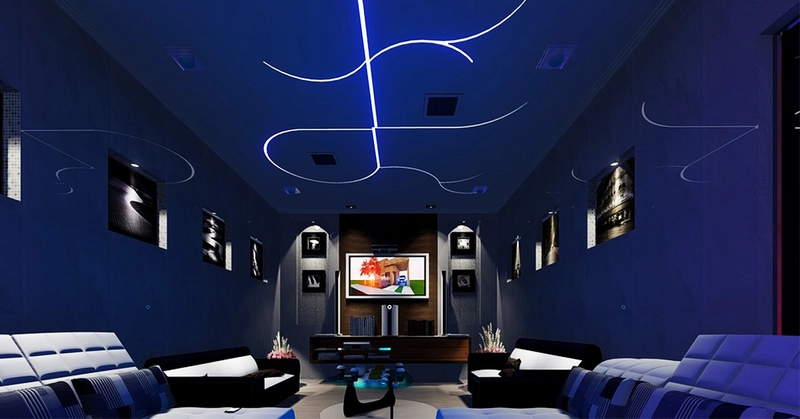
Low-voltage lighting is just as suitable for domestic applications as it is for off-grid use
If you're an avid outdoor type and can't wait for your next camping trip or caravan vacation, you'll already know all about the benefits of low-voltage lighting solutions. From driving lights that practically turn night into day, to low-profile overheads, as well as flexible strip lights, there are countless 12V alternatives to mains-powered illumination.
Why use low-voltage lighting at home?
One obvious answer is that you'll save on your electricity bill by replacing 50w halogens with LED downlights which pull 90% less power. But that's just the tip of the iceberg.
Only licensed electricians are allowed to modify mains-powered lighting, but LED strips are powered by a plug-in adaptor or USB port and can be installed by anyone.
LEDs are robust and long-lasting, will deal with tough environments like garages or workshops where they're likely to get knocked about, and many are waterproof.
They don't get anywhere near as hot as their halogen equivalents, and use much less power: an AC work light that emits a dazzling 2400lm still only pulls 30W.
Battery-powered options provide weeks of intermittent use, are effortless to install, and great for lighting up the pantry or a dark corner of the garage. Some have the option of remote control, while others are motion-activated.
Onboard rechargeable batteries are a convenient feature of some work lights and cabinet lights.
Outdoor options are fully waterproof and solar-rechargeable, making them a cinch to install. Motion-activated lights also add safety in areas such as stairways, while adjustable spotlights increase security.
You can create amazing feature lights or set the mood using remote-controlled colour-changing strips, perfect for a child's room or an entertaining area.
Click here for more lighting options.

